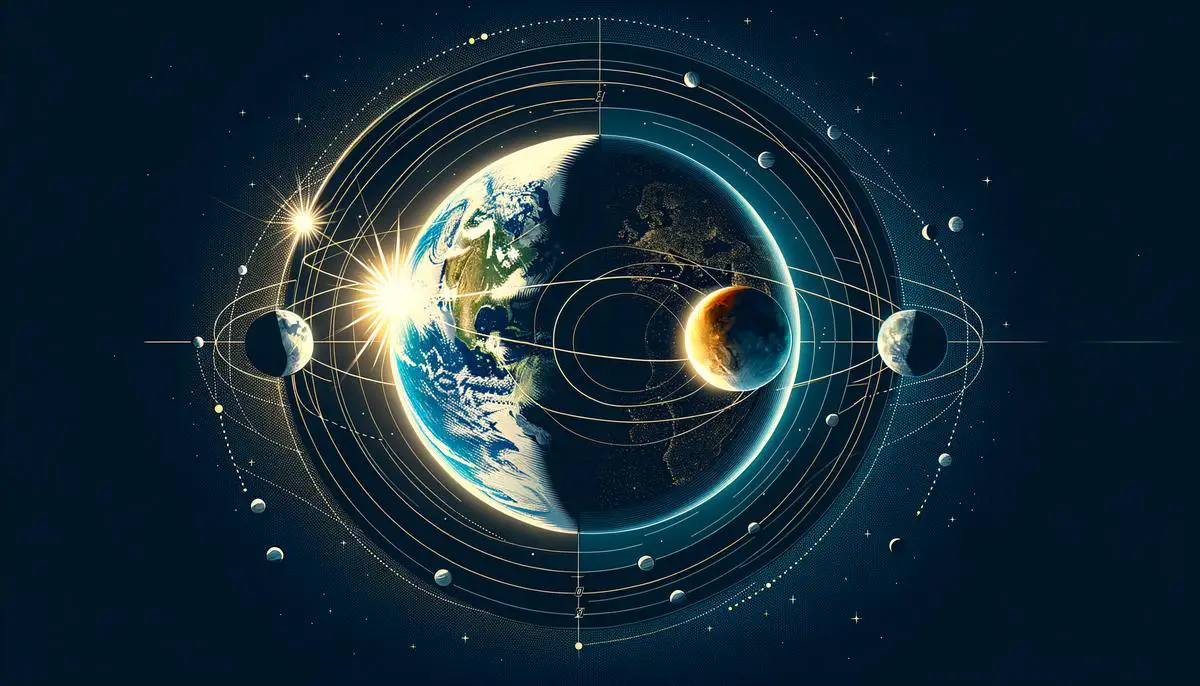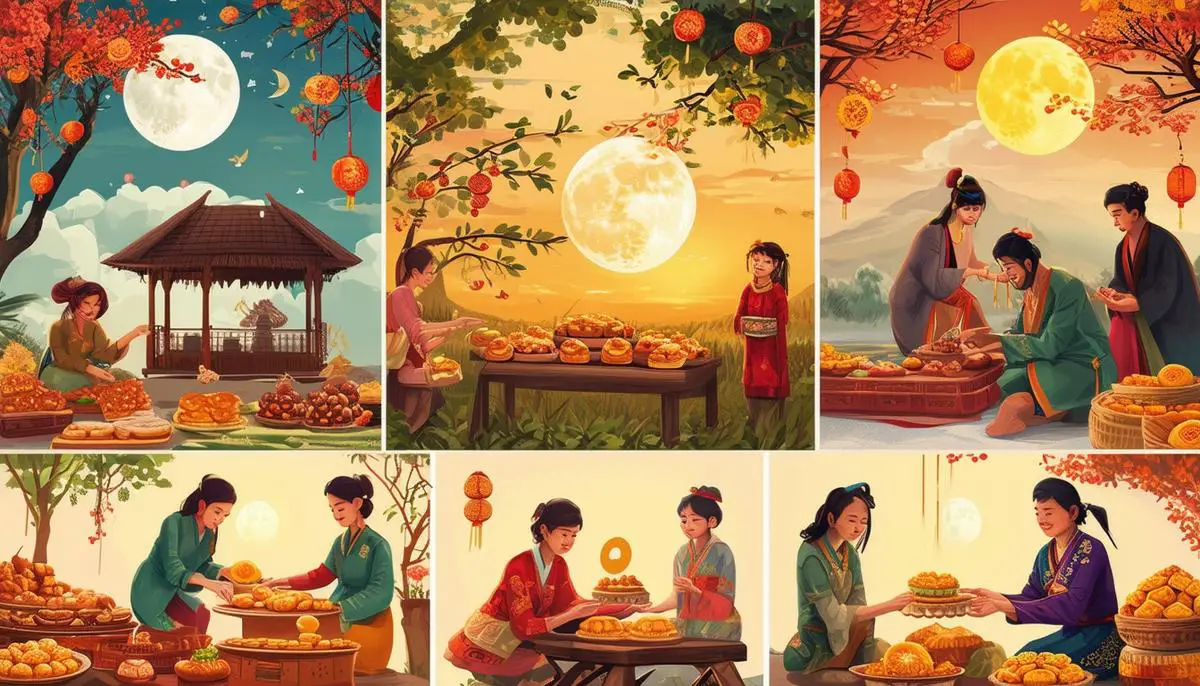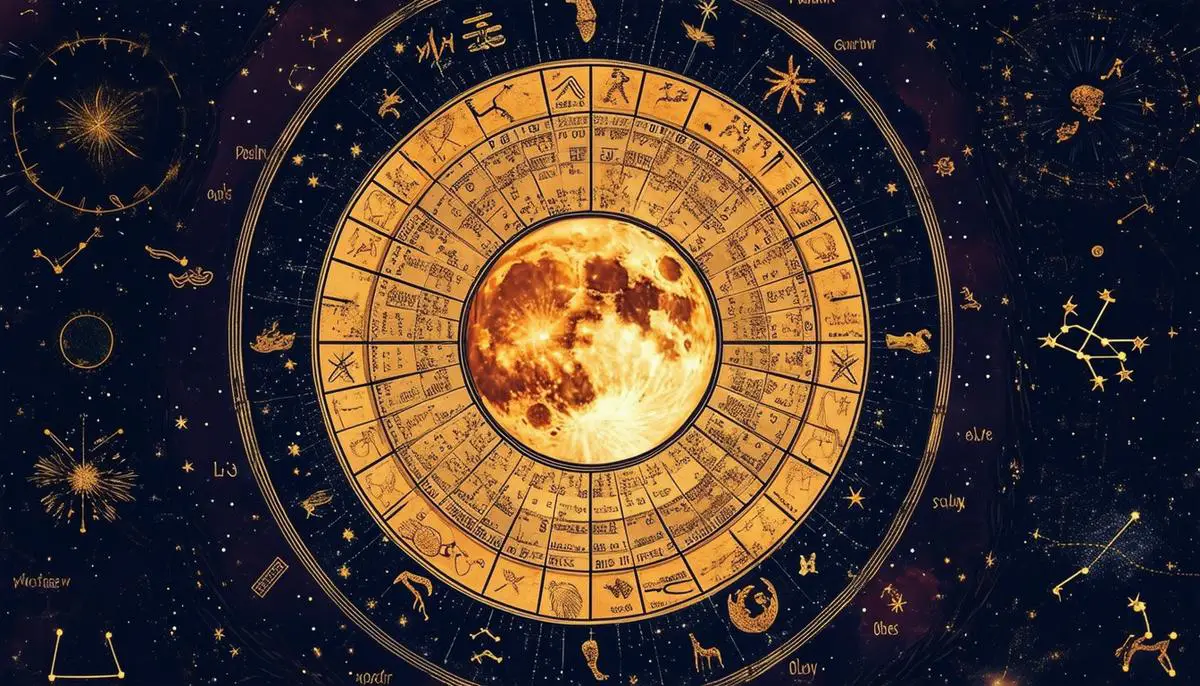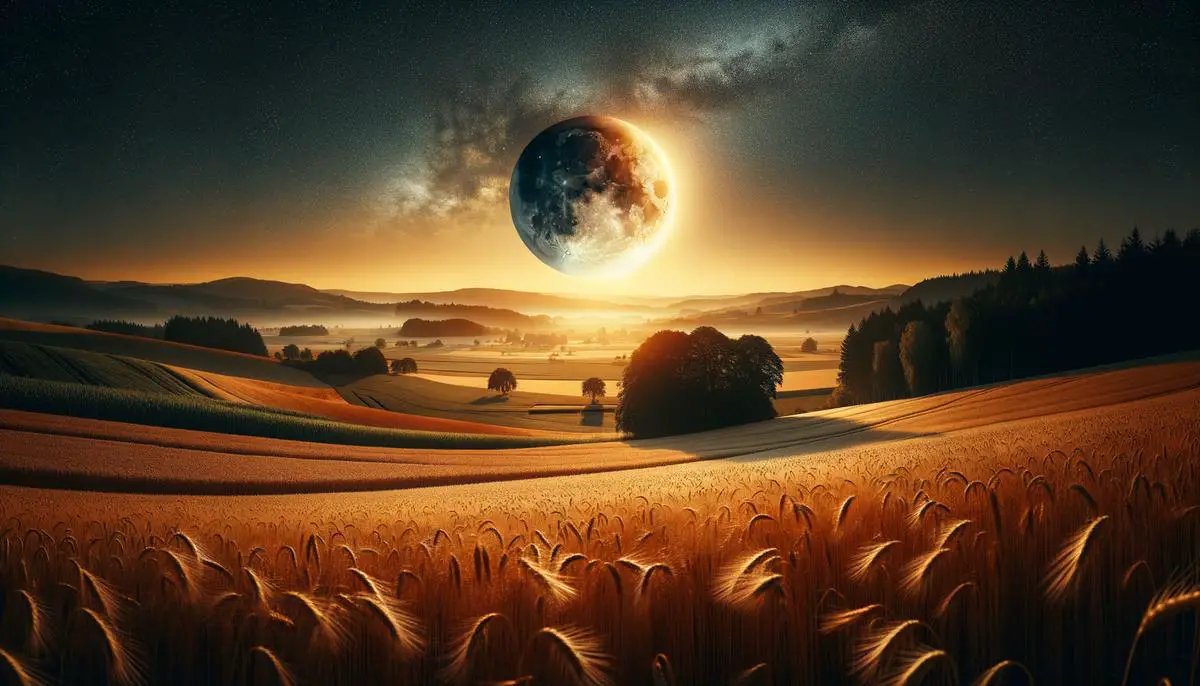The Harvest Moon Supermoon Eclipse is a celestial event that combines the traditional full moon of the harvest season, an unusually large and bright supermoon, and a partial lunar eclipse. This combination offers a visual spectacle and layers of cultural, historical, and spiritual significance. As we look to the skies on September 17-18, 2024, we are reminded of our deep connections to both nature and each other.
What is the Harvest Moon Supermoon Eclipse?
The Harvest Moon Supermoon Eclipse merges three celestial events into one spectacular show. The Harvest Moon is the full moon closest to the autumn equinox, generally lighting up September skies. Its name comes from the traditional time when farmers would harvest their crops, aided by the moon's bright light. This year, on the night of September 17-18, 2024, the Harvest Moon coincides with a Supermoon and a partial lunar eclipse, adding to its magnificence.
A Supermoon occurs when the moon is at its closest point to Earth in its elliptical orbit, appearing larger and brighter than usual. This event depends on the moon's perigee, where the distance from Earth is around 356,500 km, compared to the average of roughly 384,400 km. During a Supermoon, the moon can appear up to 14% bigger and 30% brighter.
A partial lunar eclipse happens when only a part of the moon enters Earth's umbra. During the partial eclipse on September 17-18, only a segment of the moon will slip into Earth's central shadow, leaving the rest in the penumbra. This subtle shadowing results in a part of the moon appearing darkened, adding an intriguing twist to the otherwise bright Supermoon.
According to the U.S. Naval Observatory, the eclipse will be visible from much of the world, with the following timeline:
- Eclipse start: 8:41 p.m. EDT
- Partial phase start: 10:12 p.m. EDT
- Maximum eclipse: 10:44 p.m. EDT
The interplay between Earth's shadow and the Supermoon creates a rare celestial display. This phenomenon has scientific importance, affirming the precise movements and positions of celestial bodies. The occurrence of such an event also offers educational opportunities, enabling astronomers and enthusiasts to observe and study these grand interactions.

Cultural and Historical Significance
Throughout history, the Harvest Moon has held a significant place in diverse cultures around the world. Each civilization observed the moon's cycle and attributed both practical and symbolic meanings to it. The Harvest Moon, rooted in agricultural traditions, served as a beacon for communities across various continents, guiding them through seasons and rituals.
In Native American cultures, the Harvest Moon is often associated with the ripening of major crops. For example:
- The Anishinaabe referred to it as the "Falling Leaves Moon," marking the period when the leaves began to change color and fall, leading up to the harvest.
- The Cree of Ontario named it the "Rutting Moon," signifying the time when moose prepared for the mating season.
Anglo-Saxon traditions celebrated the Harvest Moon as the "Wine Moon" or "Barley Moon," depending on what crops were being harvested. Vikings referred to it as "Tvímánuður," or the "Harvest Month," underscoring its pivotal role in their agrarian society.
Celtic cultures revered the Harvest Moon for its presumed magical properties. Known as the "Singing Moon," it was believed to be a time when the veil between the spiritual and physical worlds was thinnest. Communities performed rituals to honor deities and spirits, seeking protection and blessings for the winter months.
In China, the Mid-Autumn Festival celebrates the Harvest Moon as a symbol of reunion and gratitude. Families gather to share mooncakes and appreciate the moon's beauty, reflecting on their fortunes and expressing thankfulness.
In Japan, the festival known as Tsukimi or "Moon Viewing" sees people adorn their homes with autumnal decorations and enjoy the luminous spectacle of the moon. This celebration embodies a deep connection with nature and highlights the importance of appreciating life's transient moments.
Buddhist traditions incorporate the Harvest Moon into their spiritual practices. The Binara Poya holiday commemorates significant events in Buddhist history, such as the first woman—Mahapajapati Gotami—to take monastic vows.
In Europe, the Harvest Moon coincides with the Jewish festival of Sukkot. This week-long holiday involves building a sukkah, a temporary hut, representing the shelters used by Israelites during their 40 years in the wilderness.
The Harvest Moon emerges as a powerful symbol across civilizations. It's a marker of agricultural success, spiritual reflection, and communal cohesion. Despite the vast geographical and cultural differences, the shared reverence for the Harvest Moon illustrates our collective human experience—the acknowledgment of nature's cycles, the celebration of life's abundance, and the reflection on our place within the cosmos.

Spiritual and Astrological Meaning
The convergence of the Harvest Moon, Supermoon, and partial lunar eclipse creates a unique opportunity for transformation, balance, and reflection. Traditionally, full moons are a time of culmination and release. When this energy is amplified by the Supermoon and further nuanced by the partial lunar eclipse, it creates a special moment for inner growth and connection.
Astrologically, the Harvest Moon Supermoon Eclipse occurs in the sign of Pisces, known for its intuitive, emotional, and imaginative qualities. Pisces encourages us to tap into our dreams, subconscious, and spiritual consciousness, urging a deeper connection with our innermost selves and the universe. This lunar event invites us to let go of what no longer serves us, whether that be negativity, old patterns, or lingering fears.
The partial shadowing of the moon signifies a time to confront and heal hidden parts of ourselves. This reflective time under the Pisces influence can reveal profound insights, allowing us to address unresolved issues with compassion and empathy. Pisces' influence highlights our emotional fluctuations and encourages us to embrace our vulnerabilities, offering an opportunity for nurturing and self-acceptance.
For those attuned to astrological impacts, each zodiac sign will feel the ripples of the Harvest Moon Supermoon Eclipse differently. Here's a closer look at what each sign might experience, along with suggested rituals to harness the moon's transformative energy:
| Zodiac Sign | Focus Area | Suggested Ritual |
|---|---|---|
| Aries | Deep reflection and spiritual healing | Meditation or journaling |
| Taurus | Social connections and future goals | Gratitude ritual or future visualization |
| Gemini | Realigning professional goals | Write a letter to future self |
| Cancer | New knowledge and spiritual growth | Create a vision board |
| Leo | Examining deepest emotions | Cleansing salt bath |
| Virgo | Balance and health of relationships | Moonlit meditation or affirmations |
| Libra | Analyzing habits and well-being | Decluttering or mindful eating |
| Scorpio | Expressing creativity | Artistic activity or moonlit walk |
| Sagittarius | Reflecting on roots and emotional foundations | Home blessing ritual |
| Capricorn | Sharing thoughts and absorbing information | Write letters of forgiveness |
| Aquarius | Assessing relationship with money | Crystal ritual for abundance |
| Pisces | Reevaluating self-presentation | Self-love ritual or affirmations |
Regardless of your sign, the Harvest Moon Supermoon Eclipse encourages everyone to embrace change and reflect on personal growth. Engaging in rituals such as moonlit meditations, setting intentions with moon water, or performing cleansing ceremonies can help harness the lunar energy to foster spiritual and emotional development. This is a time to celebrate your journey, acknowledge your achievements, and welcome the transformative power of this celestial event with an open heart and mind.

The Harvest Moon Supermoon Eclipse serves as a gentle reminder of our interconnectedness with the cosmos. It blends agricultural traditions with astronomical phenomena, offering us moments for reflection and gratitude. Whether you're observing this event for its scientific importance or its spiritual meaning, it invites us all to pause and appreciate the intricate dance of celestial bodies that has captivated humanity for centuries.
- Petersen JB. Harvest Moon: Astronomy, Folklore, and Ancient Calendars. Cambridge University Press; 2018.
- Zhang Y, Li C. The Cultural Significance of the Mid-Autumn Festival in China. Asian Ethnology. 2019;78(2):373-394.
- Holbrook JC, Urama JO, Medupe RT. African Cultural Astronomy: Current Archaeoastronomy and Ethnoastronomy Research in Africa. Springer Science & Business Media; 2008.
- Campion N. Astrology and Popular Religion in the Modern West: Prophecy, Cosmology and the New Age Movement. Routledge; 2016.
- Ruggles C. Ancient Astronomy: An Encyclopedia of Cosmologies and Myth. ABC-CLIO; 2005.
![]()
